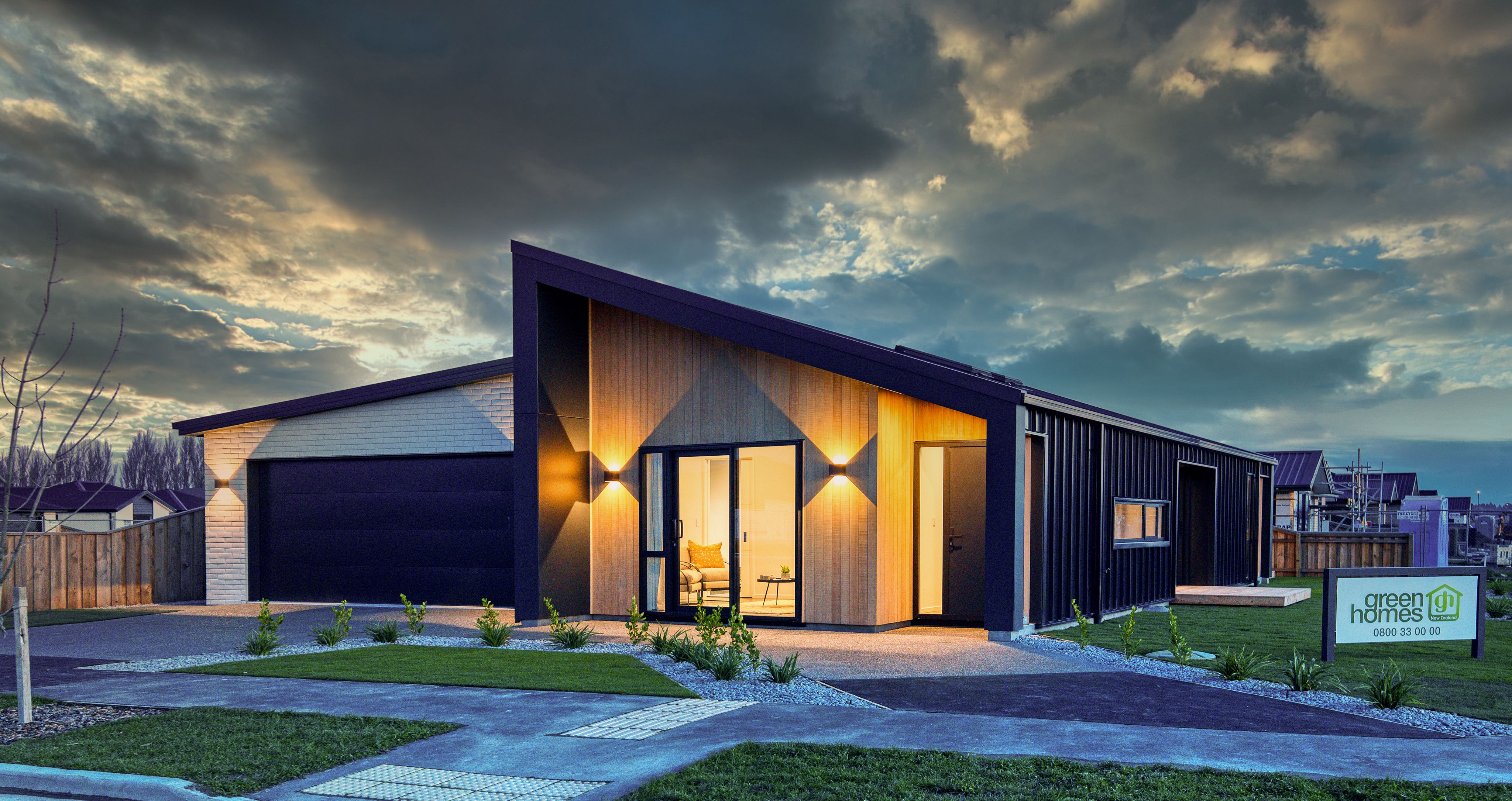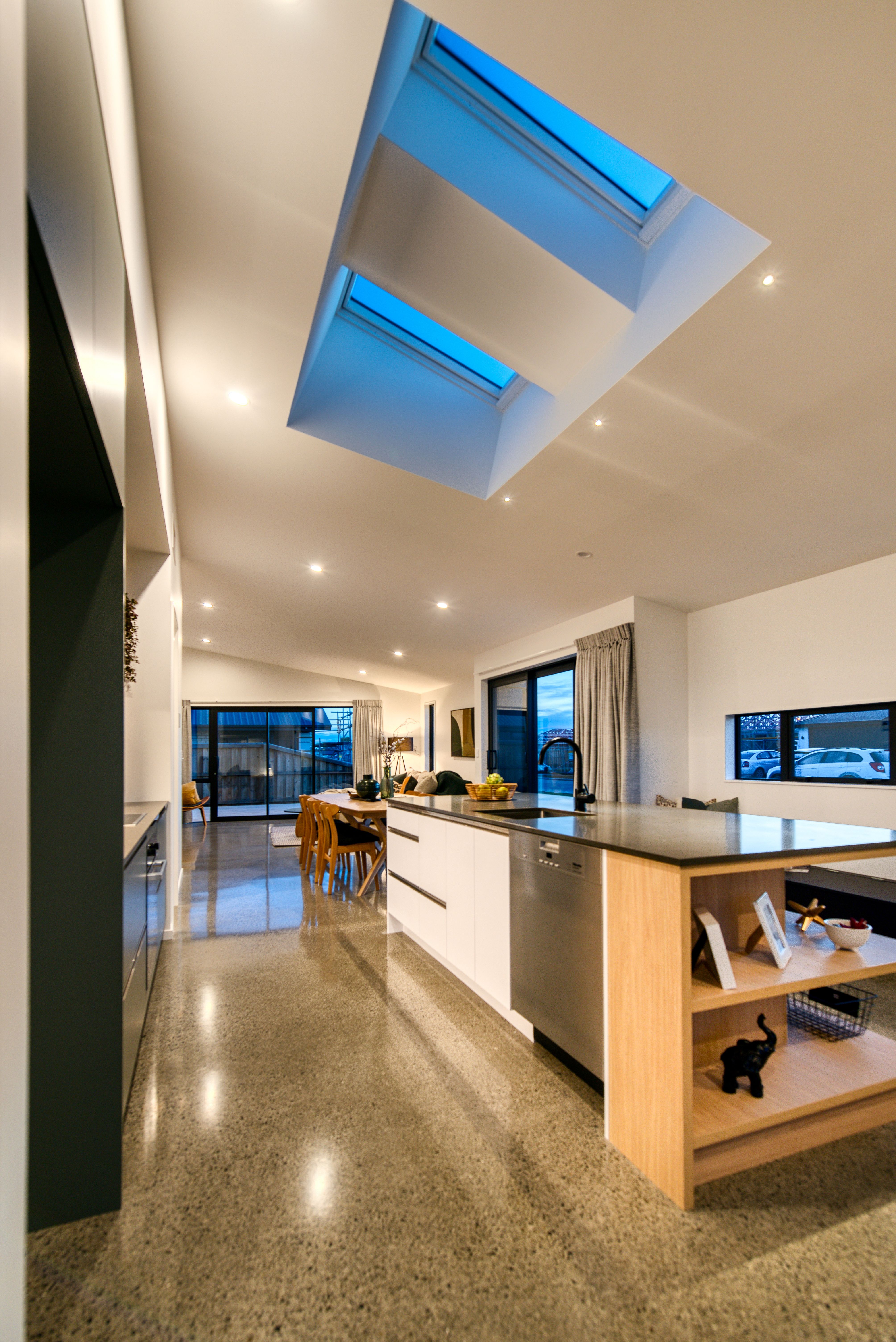A new standard
The importance of healthy homes in NZ
4 considerations for future-proofed housing in Canterbury

New Zealand’s history with poor-quality housing is at the forefront every winter.
But with government legislation and more readily available solutions, the days of putting an extra jumper on and popping a blanket over our knees when our homes feel cold and damp are becoming a thing of the past.
As Kiwis increasingly recognise that having a healthy home is vital for their families or their tenants’ well-being, a raft of options are now available; with insulation and ventilation choices now affordable to many.
Though every home is as unique and characteristic as its inhabitants, four considerations for future-proofing houses can be applied.
1. Building better
An alternative to timber framing
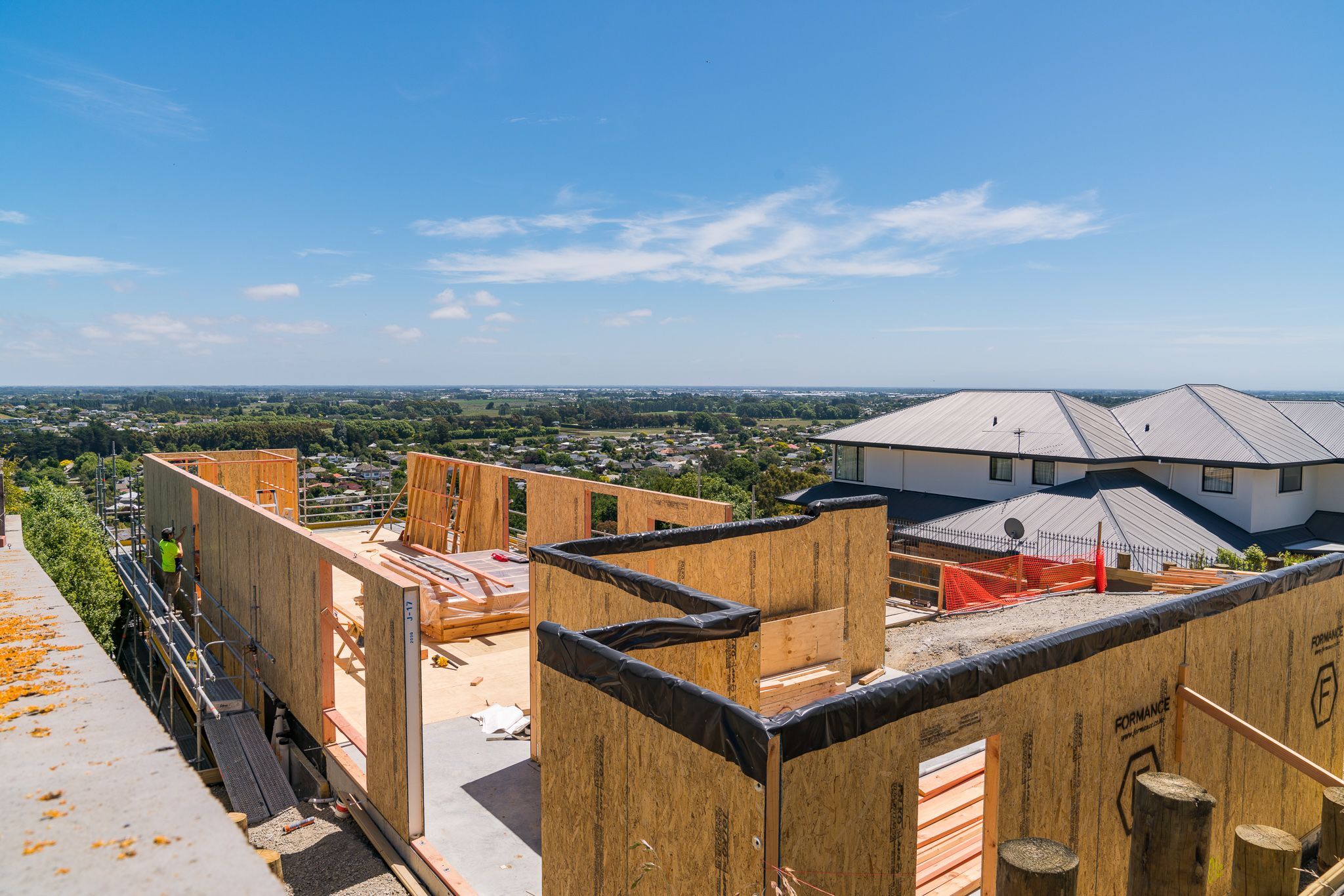
Material costs and supply chain issues are currently complicating the process of building healthy new homes, with timber in shorter supply.
A viable alternative to the traditional ‘fibreglass insulation within timber framing’ model is the use of Structural Insulated Panels (SIPS). Composite SIPs take the form of two layers of structural board with an insulating layer of foam sandwiched in between. They can be used for insulated walls, roofs and floors, delivering highly effective insulation and airtightness, which in turn makes the property more energy-efficient, with minimal thermal bridging.
Christchurch-based industry leaders Formance manufacture SIPs locally, sourcing raw, recyclable, material from sustainable sources for a low energy manufacturing process. Installation of SIPs is swift and waste-free, and Formance believe they are around 50% more energy efficient than timber frame/fibreglass combinations - making a real difference as New Zealand commits to its focus on becoming carbon neutral by 2050.
Find out more at https://healthyhome.formance.co.nz/discover-sips
2. Insulation is imperative
Don't lose valuable energy

Although it was clear by the 1960s that uninsulated Kiwi homes were a major health concern, materials had to be imported – and were very expensive, so it wasn’t until the 1970s that insulating was first actively encouraged, eventually becoming mandatory for new builds and rentals.
While ceiling and underfloor insulation are relatively easy to install, even retrospectively, adding traditional wall insulation to older homes is harder. Uninsulated walls lose valuable energy from the sun and heating methods. An alternative is Insulmax®, an innovative dry mineral product pumped into your walls (or ceiling) via small holes – the size of a 10-cent coin - which are sealed by Insulmax after installation.
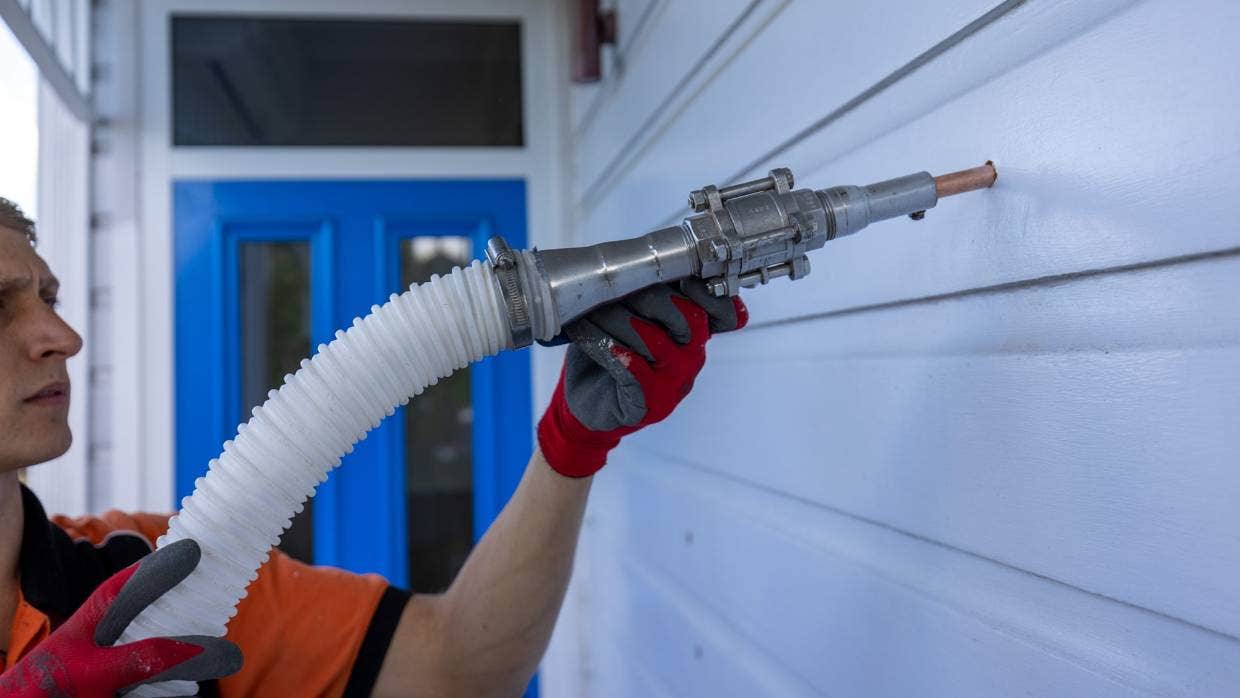
Insulmax is an innovative dry mineral product pumped into your walls (or ceiling) via small holes.
Insulmax is an innovative dry mineral product pumped into your walls (or ceiling) via small holes.
Insulmax is certified as safe to install in existing New Zealand homes of any construction type or style. It is an efficient and cost-effective wall insulation system that won’t slump or shrink. Insulated walls are warmer and drier, reducing condensation, which helps eliminate mould. Insulmax keeps precious heat inside a home, while adding value to the properties it’s installed in.
Insulmax is CodeMark compliance certified - which means the tried, tested and approved method is accepted by councils all around New Zealand – including in Canterbury.
Find out more at www.insulmax.co.nz
The process of insulation being pumped into walls
3. Mechanical ventilation creates healthier homes
Addressing underlying problems

We’ve all heard about the undeniable benefits of heat pumps, but they aren’t nearly as effective if underlying issues in our homes aren’t addressed first.
Ventilation in a home is vital, keeping air circulating and though opening a window is the easiest option, it’s not always possible - or enough. Mechanical ventilation can make a huge difference in this instance.
Systems with individually tailored climate control systems are available for any home, including those with poor construction and draughts - which may also benefit from multiple heat pumps or heat recovery/ ventilation systems; which bring the outside air in while recovering existing heat.
Canterbury-based HPAC (est. 1986) has been at the forefront of ventilation technology in the region for many years - specialising in tailor-made options suited to the climate and conditions in Christchurch and beyond.
Find out more at www.hpac.co.nz
4. Future-proofing your health for the long term
Better efficiencies mean lower costs
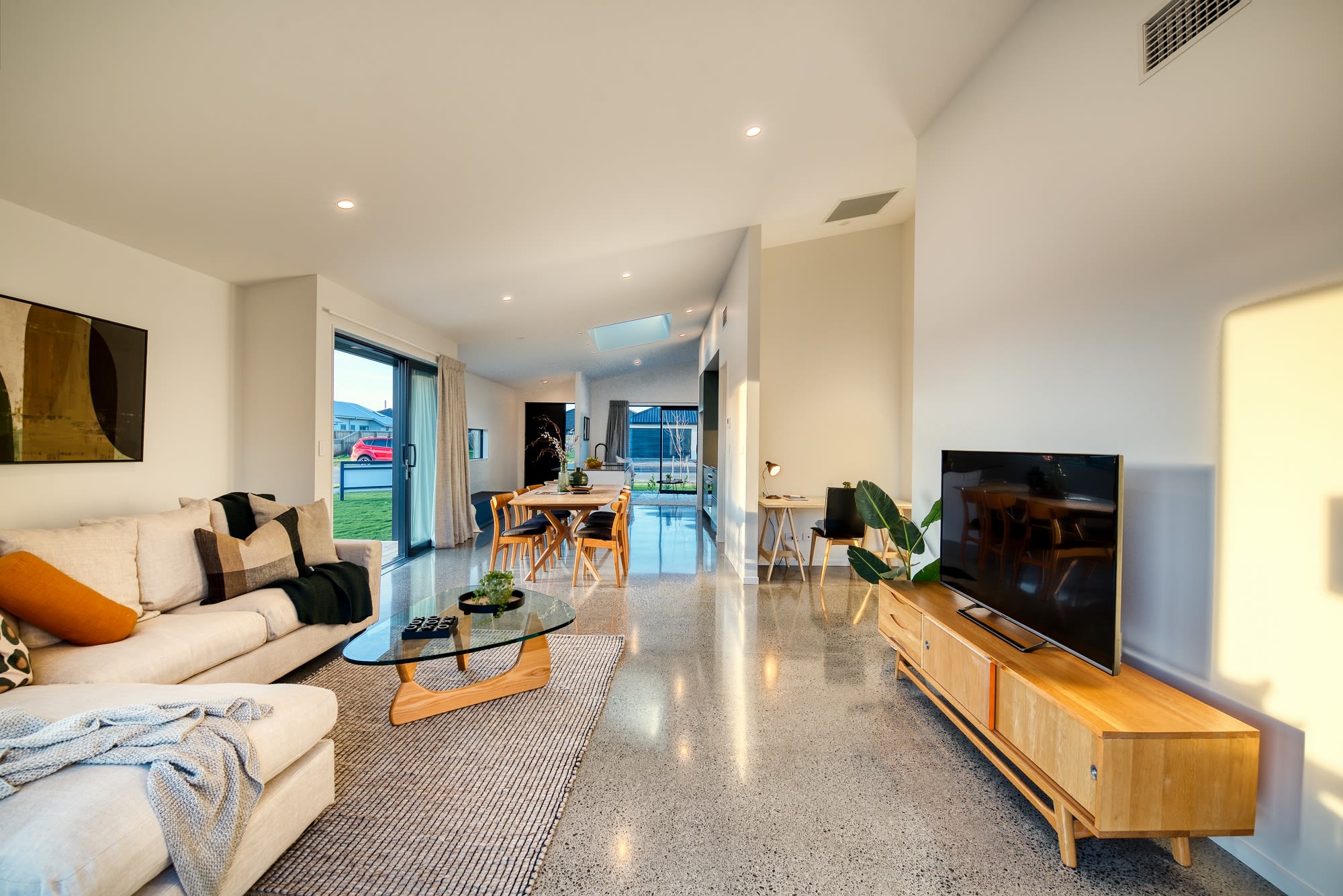
Climate changes have seen an increase in the number of homeowners wanting to build from the ground up more sustainably.
While the number of choices on offer may seem overwhelming at first, building an energy-efficient home can be very satisfying - and even enjoyable, knowing that it will tread lightly on the environment for years - and potentially for generations to come.
Better efficiencies lead to improved thermal performance, lower energy costs and less stress on the immune system, all leading to healthier homes, and their occupants.
Green Homes New Zealand’s Christchurch branch specialises in building warm, dry comfortable homes which exceed the Building Code currently, as well as future proofing for stricter energy efficiency changes that will be introduced by the Government in November. They also offer options to certify your home with Homestar as well as improving your home’s safety and accessibility, with Lifemark® as their Universal Design partner.
The only New Zealand residential builder Internationally compliant for energy management (ISO 50001) Green Homes are regularly audited during the building process to ensure every component adheres to strict energy management guidelines.
Find out more at https://greenhomesnz.co.nz/christchurch-branch/
